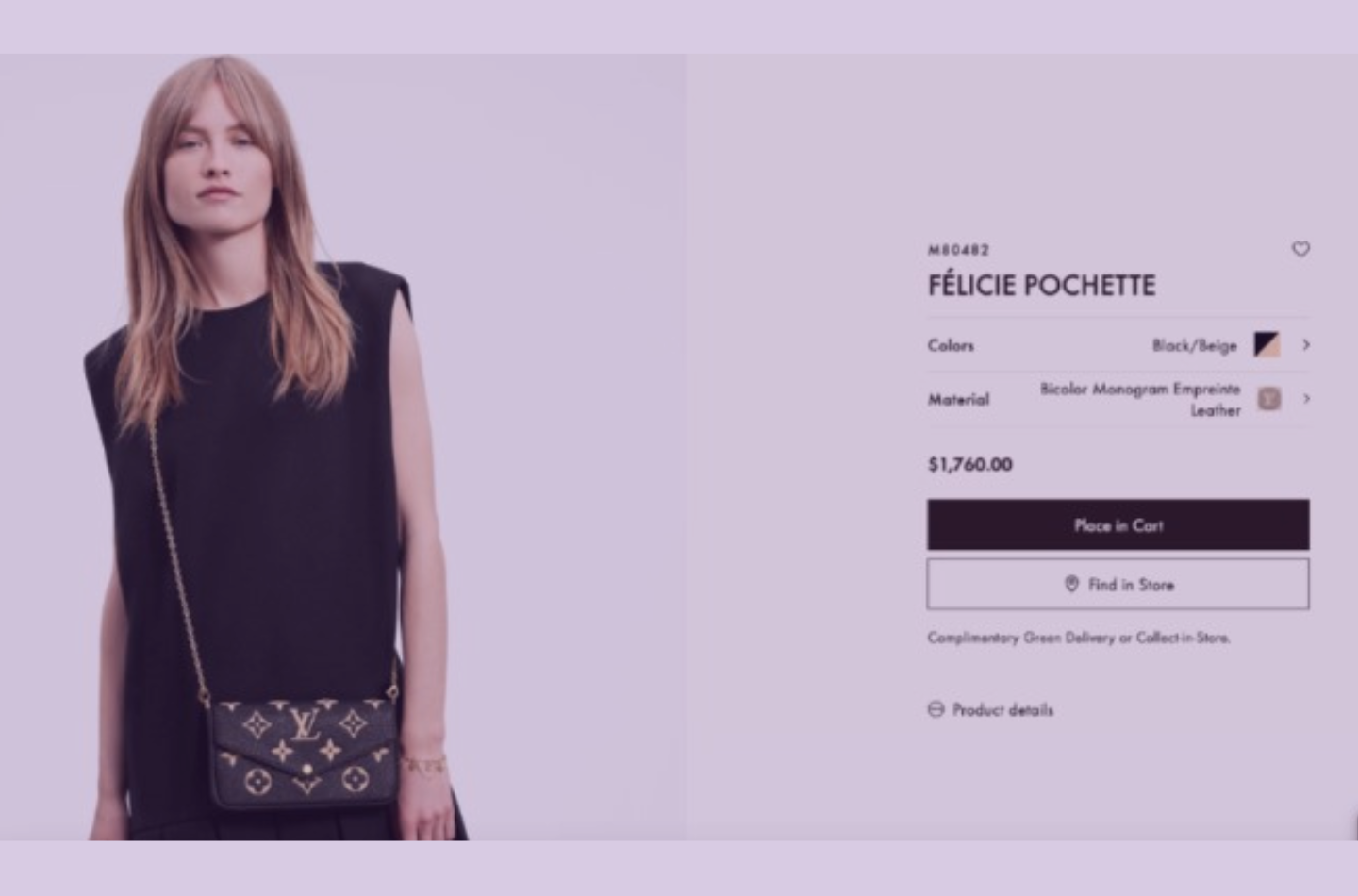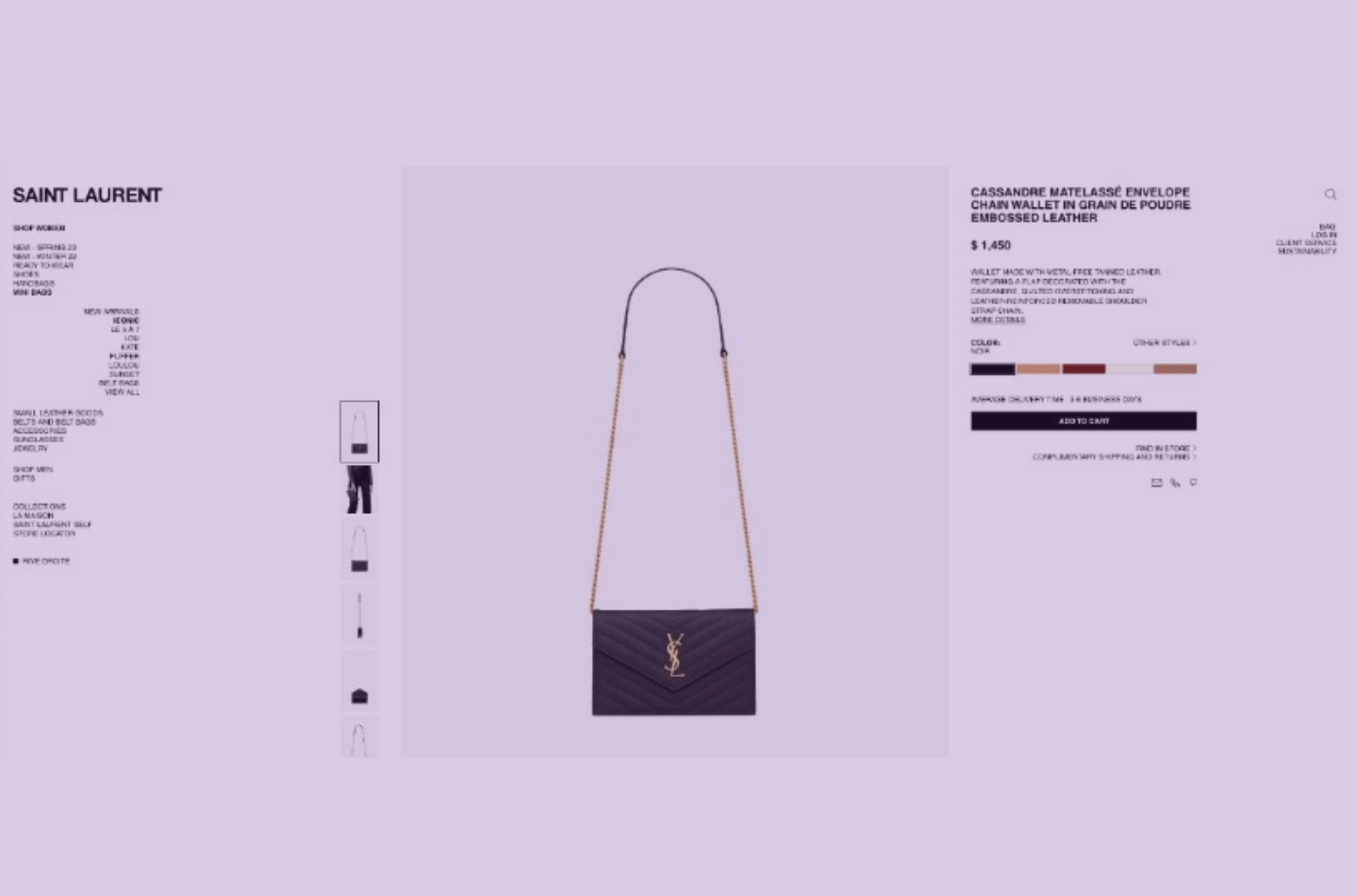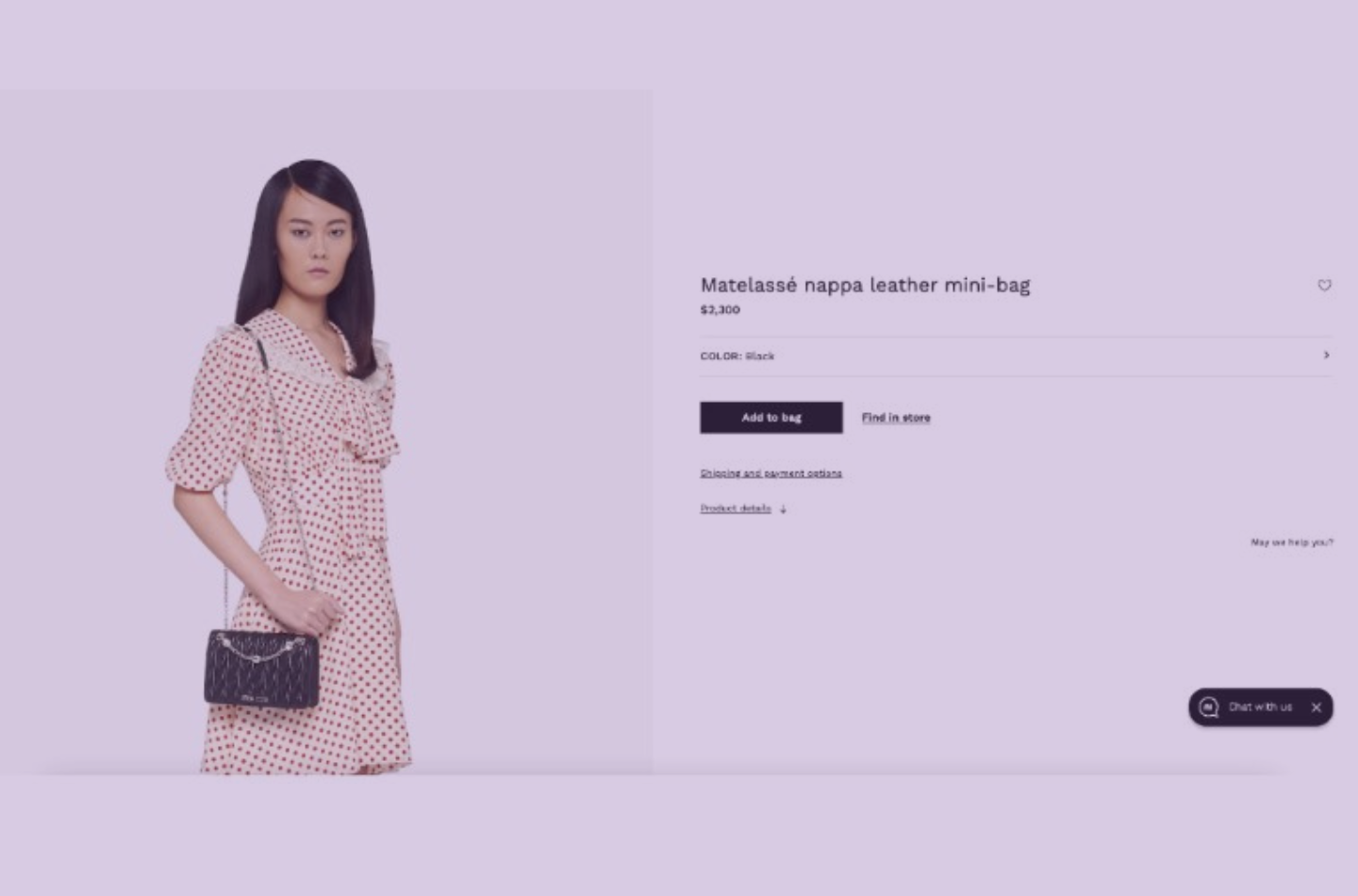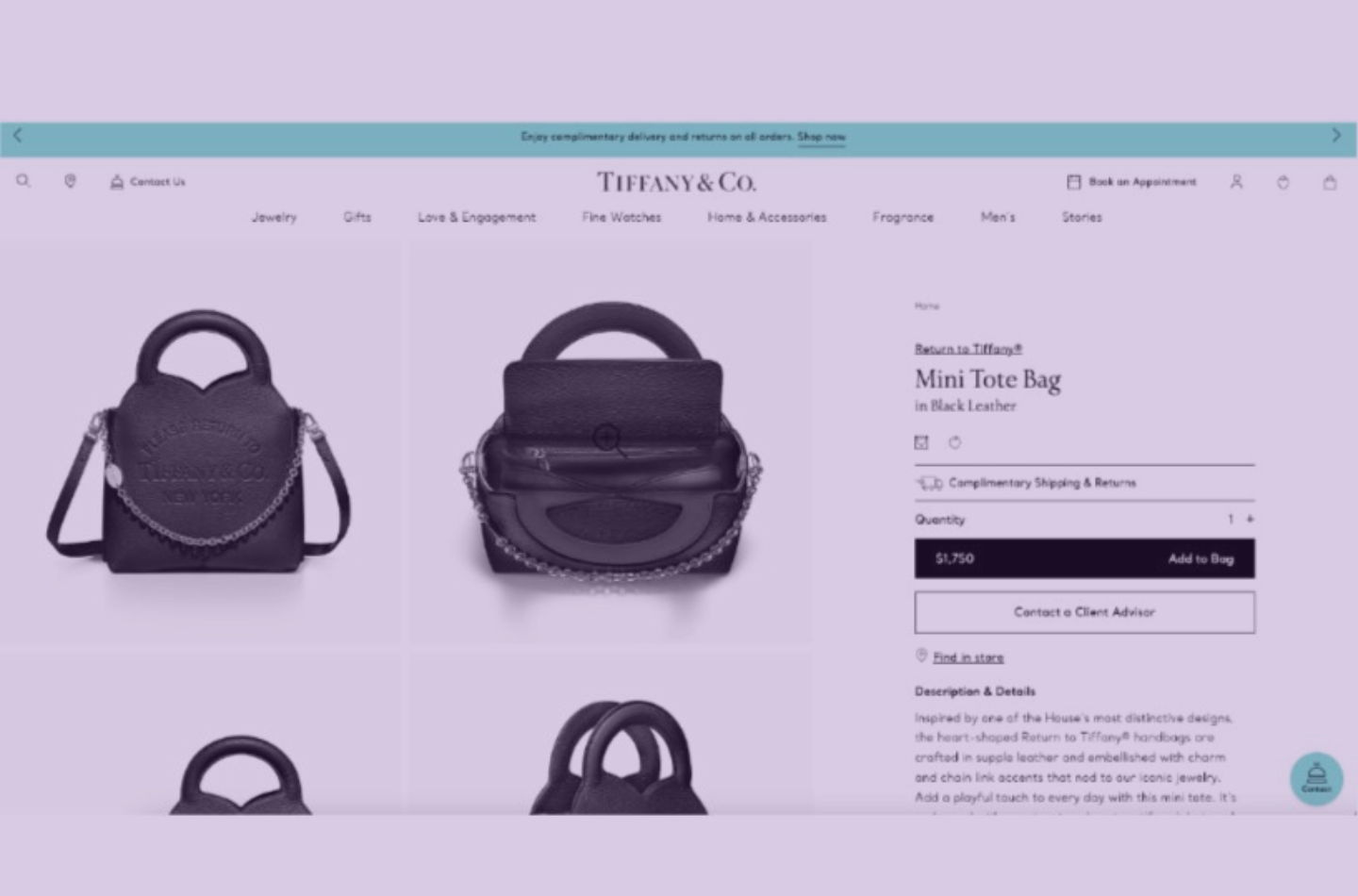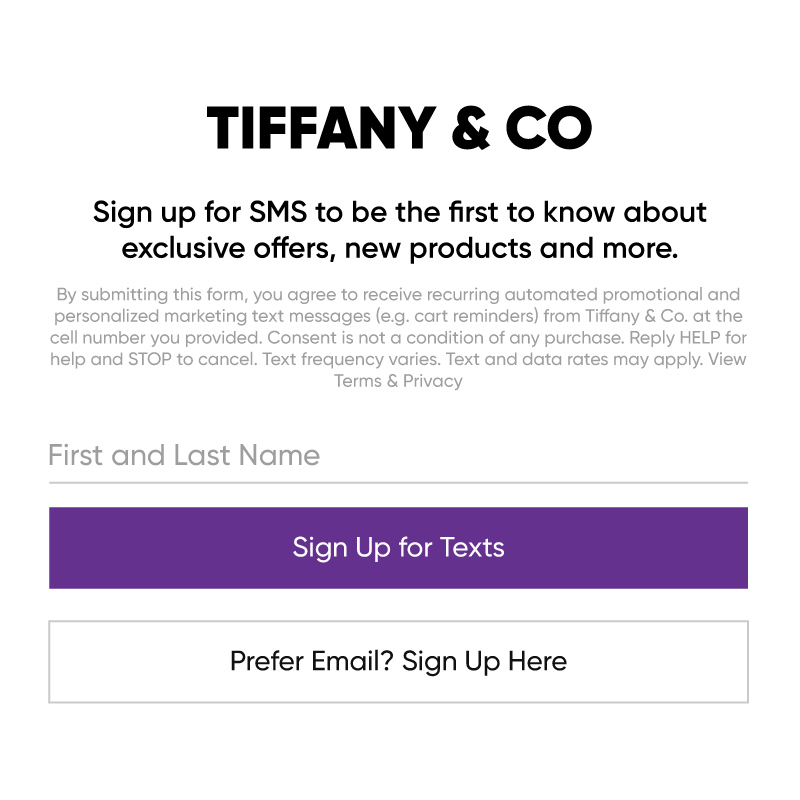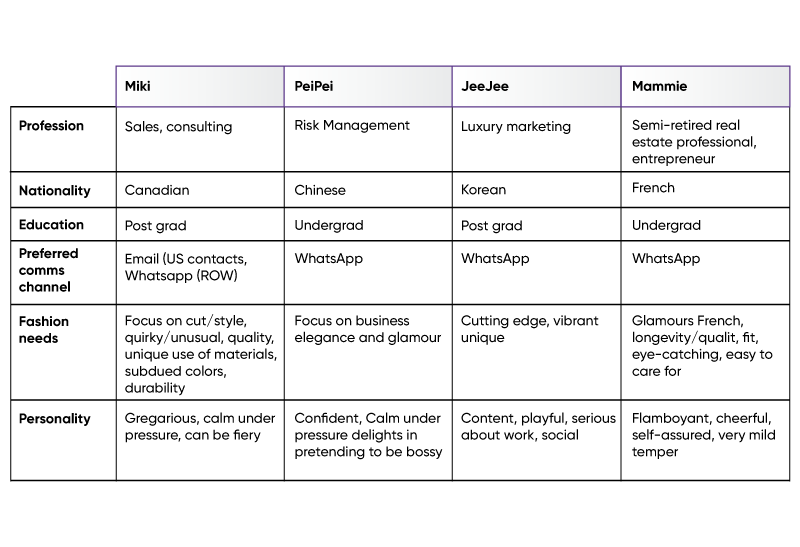
Subscribe
Be the first to know about our latest posts.
-
Service
ecommerce solutions -
Sub-Service
Sitecore
Explore Icreon's Ecommerce Solutions
Here’s Why Your Ecommerce Innovation Strategy is Not Working
Many organizations face the challenge of “cognitive fixedness”—the tendency to use existing knowledge to solve problems instead of seeking new solutions. This approach is useful because it helps us to do things efficiently. For example, with QWERTY and AZERTY keyboards, we expect our regional touch keyboard to be available on mobile devices, laptops, and tablets. Different regions have different keyboards, even if we don't know it. Our fingers can touch type because we expect the keys to be exactly where we expect them to be. This is cognitive fixedness.
It simply means that based on previous experience we expect something to work in a certain way. We have cognitive fixedness about websites because when we land on a website, we expect to know how to navigate it. However, since websites were initially digital versions of brochures (hence the moniker brochureware), it’s hard to get people away from their fixed expectations about how sites should be navigated.
Most websites were designed with limits on innovation caused by Cognitive Fixedness. In this article, we'll break down what cognitive fixedness is and why it's damaging your website.
How Cognitive Fixedness Influences the Customer Experience
There's a lot of talk about customer experience (CX) and personalization, but it's important to understand how these two concepts work together.
Customer experience refers to how your company interacts with customers daily — via email and social media, for example. This can include sending out email reminders about upcoming events or promotions, posting on social media outlets and responding quickly to comments or questions made via email or social media accounts. This is all part of creating an atmosphere that makes customers feel like they're part of something special — which ultimately keeps them coming back for more.
Personalization refers to how you tailor your website or app to individual customers. For example, if a customer buys a product from you once and then later tries to buy it again, she should see the same item for sale at the same price. You can also personalize based on past purchases, such as recommending products that were bought by similar customers or those who viewed similar items.
Cognitive Fixedness and Customers
When we think about cognitive fixedness, we usually think about how it affects our own thinking processes — preventing us from thinking outside the box when solving problems or making decisions in our everyday lives.
Templates can be seen as both a blessing and a curse for businesses who are trying to create an engaging customer experience. On one hand, it means that customers will have certain expectations about how they want your business to function — these can be good because they help you build trust among your most loyal customers and make them feel comfortable doing business with you again and again. But on the other hand, it can also mean that customers may not be open-minded enough to try something different from what they're used to doing — even if that change might make their lives easier or better. And when it comes to the content itself, we’ve been trained to write in a certain way, to tell a story with proven frameworks. Our videos are created with standard frameworks, our websites are designed to dictate content, and our compelling narratives are made sure to entrap visitors who wish to purchase our products. At least that’s our hope and often not the reality.
Understanding Disruptive Innovation Strategies
While some frameworks are innovative and perform beautifully, the majority are stuck in mediocrity. Put it this way—we frequently hear the word ‘disruption’ and the phrases ‘disruptive innovation’ and ‘disruptive strategy.’ Disruption means creating a radical change. Disruptive innovation and disruptive strategy are terms coined to specifically explain when there’s a marketplace shift creating something that changes access to something expensive or exceptionally sophisticated. And this is important to understand because what most organizations want is to keep from losing market share to an organization that disrupts or performs better. They want to create a radical change that leads to their greater market share.
When trying to create a radical change, don't try to solve problems the same way. To create a radical change in your website, lead generation, and content marketing—you must be willing to break cognitive fixedness. Perfection comes from working with a team or building your own team with the skills and knowledge necessary to transform how you, your team, and your organization think.
How Do You Create a Radical Change?
Before you can begin improving your website or content, you must first understand why it needs improvement. This is challenging because the phenomenon of Cognitive Fixedness causes people to react by pushing back on change. Combine that with our limited attention spans, and you have a recipe for resistance which causes most people to steer back into a comfort zone. And this is why you need to understand ‘disruption’. Most companies that can be disrupted are either creating things that are ‘just good enough’ or that are very sophisticated and expensive. So, even if revenue is stagnant or falling, most organizations will stick to what’s comfortable and makes sense due to Cognitive Fixedness.
Jobs to Be Done Theory
In the last two years, the concept of ‘Jobs to Be Done’ has become increasingly well-known—and thus increasingly misunderstood. This is partially because a little knowledge can be dangerous. Just as building furniture without reading the directions can be dangerous.
We look at things and decide the complexity of something based on our perception, but once the box is unpacked, we might find more parts and tools required than we anticipated. Understanding ‘Jobs to Be Done’ is like that scenario. When asked, most professionals in marketing and sales will say that they know which jobs their customers need to do. Trying to persuade them to consider that they do not is often challenging. But once presented with enough information to break their Cognitive Fixedness, they realize there’s a world of opportunity for them to engage customers more effectively, create better experiences and drive revenue.
Focus on Customer Experience
When we talk about digital transformation, we need to look at what jobs people do on a luxury fashion website like Louis Vuitton. The reason we selected this site is because the luxury market is complex and one which needs to focus on experience because for many buyers the experience is just as much a part of the expenditure as the product itself. Louis Vuitton is more consistent than many other luxury brands across channels and continues to update its digital presence in order to do the jobs that matter.
Understand “Jobs to Be Done” Theory
First, in case you are unfamiliar with ‘Jobs to Be Done’ theory (often JTBD for short), according to Harvard Business School, ‘Job’ is ‘shorthand for what an individual really seeks to accomplish in a given circumstance’. This theory, which is both simple and complex by nature, explains why personas have failed to deliver the results many had anticipated. The theory is that there are functional jobs, social jobs, and emotional jobs. Most people will immediately think the job is obvious. For example, you might think a ‘job’ that customers want to get done on louisvuitton.com is to buy an expensive handbag. However, jobs are complex and understanding that customers have many jobs, and understanding which jobs make your company get the sale, is the win.
Job Audit
It can be helpful to start with the end in mind. If we look at a product page on Louis Vuitton’s website, we can look at the site in terms of Jobs someone might want to do. We can preface our inventory with “what an individual really seeks to accomplish on the Louis Vuitton product page for Félicie Pochettte is__________.
Open this link to see the full product page.
Louis Vuitton Product Page Job Inventory
- Know what it costs
- Find color options
- Know which materials it is made up of
- Find out where and how you can get it
- Learn how delivery impacts environment
- Know how the item can be ‘worn’ and understand its size in actual dimensions and relative to the body
- Understand what material is used and what the texture is like
- Know what the inside looks like and what contents are included and what they look like
- View of how the item can be worn with and without a chain
- Know about hardware used
- Know in which country the item is handmade by craftsman
- Know the item is not manufactured, but handmade
- Understand the environmental impact of the leather and other materials used
- Know about the environmental impact of packaging, rationale for packaging
- Know about how to care and maintain the item
- Find Information about similar items
- Ability to refer to a specific combination of model/color/materials
- Ability to save item to a list
- Feel that item is worthy of the cost
- Feel confident in their choice
- Feel motivated to save for or purchase item
- Feel a part of the brand community
What else can you think of? Consider that most of the jobs listed are functional but there are also social and emotional jobs.
Now in comparison, look at companies that you know sell similar items. For example- ysl.com, miumiu.com, tiffany.com and chanel.com are showcased in the images given below respectively.
As of January 2023, after less than a minute on this page (mobile or desktop) you will be interrupted by pop up to sign up. There’s absolutely no job that is less valuable in that moment than that pop-up. It offers no incentive. Its use is a complete misunderstanding of the job that the page should do. That pop-up has immediately diminished the elegance of the site. What a failure.
In contrast to many similar luxury sites, chanel.com offers a different approach focusing heavily on showing their products by way of fashion show recordings which are highlighted on the homepage and in the navigation. There are elements on the site which might are notable to understand “what an individual really seeks to accomplish on the Chanel website is part of a distinct high society.
Did you know that Chanel was the first brand to market pants to woman? The society of Chanel is one of liberation, freedom, breaking boundaries, and breaking away from the aesthetics demanded of woman in the days of cosets, girdles, bustles, crinolines.
The Chanel site is an example of understanding jobs by knowing why using the distinct approach is required for a brand.
Chanel Versus Louis Vuitton
Few items are available for purchase on chanel.com and very little detail about each item is given. Chanel is the second most valuable luxury brand in the world, second to Louis Vuitton. Can you think of the Jobs that might be different between someone purchasing a handbag from Chanel versus Louis Vuitton? What do you think of Chanel’s site, and how distinctly different it is from Louis Vuitton?
Now thinking back to ysl.com and miumiu.com, how were they distinctly different? All these sites are alike in FUNCTION with chanel.com being the most functionally different. They vary more in how they help visitors perform social and emotional jobs. Louis Vuitton does not waver in its elegance. There’s no selling. There’s no trying to make sure you return by signing up for texts.
Does the design of ysl.com make you feel inspired? Special? Part of a special group? On the desktop version of YSL that beautiful bag is surrounded by a mess of ALL CAPS in tiny font; above, below, left and right. If you click on an image to view the texture of the leather or see inside the bag, it will take some time to load. Once loaded, depending on your screen size, you will find a white screen requiring you to scroll below the fold to find the beautiful item you wanted to see in greater detail. Zooming out to view the item can be quite a hassle as well.
Is this the experience you want for a $1450 mini bag? Do you think the experience on the site made you feel better? Think back to louisvuitton.com, aside from any disdain you personally have for luxury goods, how did you feel looking at their product page?
Benefits of Controlling Access to a Brand
When it comes to chanel.com, there are many ways that the house tries to control access to its brand and limiting the ability to gain information about designs and ability to purchase is one of the reasons. Chanel has an internal job of slowing down the pace at which their newest creations can be copied and sold on the counterfeit market. Imagine the price the counterfeiters are willing to pay for designs is so high that Karl Lagerfeld began to guard new handbag designs until as close to Fashion Show dates as possible. It is a bit ironic that Coco Chanel famously said, “Imitation is the best form of flattery” and yet exact copies have become one of the brand’s most challenging risks.
If you had to redesign ysl.com, one of the first things you should consider is how well it impacts the social and emotional jobs of the visitor versus how well competitor sites do the same jobs. Because in luxury and with many types of brand interactions, how we feel and how we think a purchase will impact us at work or in our social circles including close friends, family are all important to how to design a customer experience.
Your turn: think of an industry you care about
- Find a page of a company you care about, work for.
- Find a product or service page and inventory the functional, social and emotional jobs.
- Now think about different persona types. How different are their jobs?
Brief Outline of Four Different Louis Vuitton Personas
What do the things about these Personas tell you about the jobs each of these women or their look-a-likes are trying to get done when shopping for a Louis Vuitton handbag?
Think about that. You can keep adding to their personas' Profiles and may keep coming up with the same result - that quite possibly most of their jobs are the same. The only key information might be in their style which might impact the facets you create to filter for colors and styles.
However, here’s an example of some information that could be useful to marketing that Sitecore can put into action to improve the experience:
Miki
- searches traditional monogram bags/colors, black and silver jewelry
- only searches fashion jewelry, handbags, scarves, shoes
- opens emails, rarely clicks through
- spent months visiting page of out-of-stock items and did buy those items in-store when they were in stock
- has made multiple in-store purchases but has never made an online purchase though frequently visits the site
- has attended special events but not for many years
- visits website mostly on Saturdays unless checking for restock
- has made purchases in North America, Europe, Asia
PeiPei
- searches for newest products across the board
- purchases classics and new releases
- purchases online and in-store - but mostly at flagship stores
- rarely opens emails
- has interacted with content on tencent
- visits site on weekdays in the late evening or weekends
- has made purchases in Europe, Asia, Middle East
JeeJee
- searches through most content
- purchases special editions
- seems to purchase gifts frequently
- purchases online, picks up in store
- regularly attends special events
- visits site on mobile at various times through days and days of week
- doesn’t usually open emails
- has made purchases in Europe, Asia, North Africa
Mammie
- searches classics
- purchases occasionally
- purchases for self
- purchases only in-store
- will call store to verify stock
- opens emails as soon as they are received and clicks through
- has a long history as a client
- as made purchases only in Paris, France and Deauville, France.
Now, Understand the Role of CDP in Jobs Management
Sitecore CDP is a game changer when it comes to designing sites to meet needs driven by understanding jobs. Personas matter less, even if they matter at all. You can see by the examples given that you can waste a lot of time and effort creating personas, you can use real data and focus your efforts on audiences, their behaviors and the jobs they need to do. Perhaps the data will identify some demographic information that will help with things like advertising placement and messaging, but ultimately, you’ll find that the JOBS outweigh demographics.
Look-a-like Audiences
You’ll find that there’s potentially more meaning in identifying people who purchase at certain times of the year or one’s own birthday. Ultimately most will identify audiences that were unknown to them, or they hadn’t thought to target. Some look-a-like audiences may lead to you to identify new data that would help create new opportunities.
Improve Conversions
Some organizations take the approach of sending emails at a high frequency and putting the onus on the individual to opt-out or tailor their subscriptions. Our internal observations and surveys show that many people who are prime targets are far more likely to delete, unsubscribe, mark as junk, or report as spam - than they are to adjust their settings. However, you can use data to identify audiences and tailor the content at lower frequency and measure the impact.
Maintain the Relationship
Data in the CDP can help you identify the jobs so that you’re not risking relationships that have been built, by pushing sales at the wrong time. If you understand the jobs of the buyer, you’ll be able to better understand when trying to get them to buy has the potential to drive a wedge in your relationship. In B2B and B2C markets, you will be able to better understand the reasons why customers make purchases, as well as what influences their choices. As your data improves, you will be able to make better decisions.
New Product Development
Most of the information you read about the CDP focuses on data it ingests. But just as important, people’s jobs are also a valuable source of information. With this in mind, a CDP can identify opportunities for new products and services or modifications to existing ones to better meet these needs.
Innovate Your Digital Presence Now
Many organizations need to work on overcoming FUD (fear, uncertainty, and doubt). It’s too bad that so many organizations manage by focusing too much on what can go wrong when new ideas are proposed. That is an example of Cognitive Fixedness - when managers and leaders think they’re supposed to play devil’s advocate or find holes to poke. The fact that Gen Z is disrupting the workplace is not surprising when we look at how they were raised. They were born into a world where technology was part of everyday life, and they were raised by parents who had grown up with computers.
Leading Gen Z and disruptors know how to balance risk and reward better than their peers. They know how to take ideas and stress test them for potential in a way that perpetuates innovation and can identify when a shift or unknown that has come to light means they need to pivot or abandon.
If you want to innovate your digital presence, you need to understand the jobs your customers are trying to do. You need to empathize with them. You need to find ways to break through Cognitive Fixedness. You need to not be perfectionist but unwilling to accept ‘just good enough’. Icreon's ecommerce solutions can help your business think beyond cognitive fixedness and break out the barriers to achieve breakthrough results.


